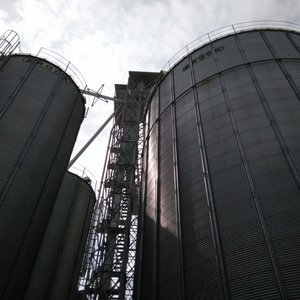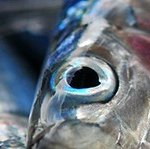While the Norwegian judgment does not affect BioMar’s right to continue to produce and sell the current product portfolio for smoltification in any country, BioMar has decided to appeal the judgment on having infringed one of the two existing STIM patents in Norway and violated the Marketing Act. The company does not agree to have copied a technology protected by valid patents or carried out other wrongdoings by the launch of the previous version of their smolt transfer product Intro Tuning.
“BioMar Norway truly believes that a generally known method to improve smoltification in aquaculture cannot be protected by a patent. As an important contributor to innovation in the industry and a company with a strong record of developing patented technology, we fully respect intellectual property rights. However, we believe that in this case, we have not infringed any valid patent as the fundamental knowledge existed both internally in BioMar and within the industry before the filing of the STIM patent in question. We have continued to develop an approach to aid the smoltification process and by our innovations contributed with new feeds and technology to improve both cost efficiency and biological impact,” said Håvard Jørgensen, MD BioMar Norway and former Global R&D Director in BioMar Group.
Supported by expert patent lawyers, the STIM patent case against BioMar in Norway will, therefore, be appealed. Both BioMar and two other leading feed companies have challenged STIM’s patent by filing oppositions at the European Patent Office (EPO). If the oppositions succeed this will automatically lead to the revocation of STIM’s patent also in Norway.
“We will continue to fight for the industry’s right to produce feed to support the growth and health during seawater transfer and smoltification and give farmers the possibility to implement the feeding strategy of their own choice,” concluded Jørgensen.













